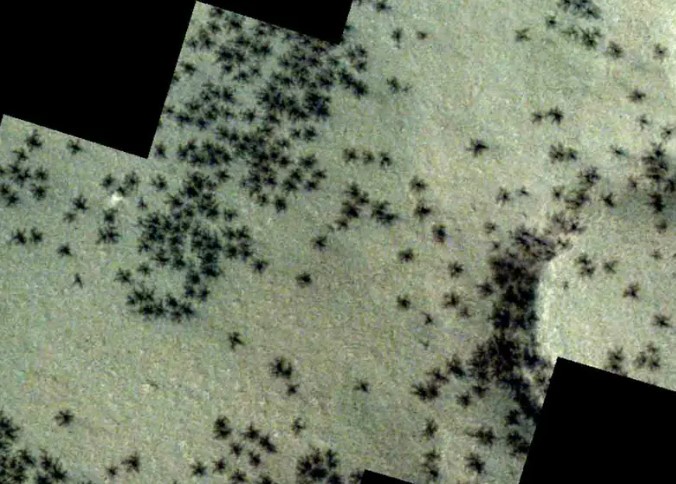Scientists have recently discovered the remains of an ancient predatory crocodile in the Great Australian Super Basin, 145.5 to 65.5 million years ago.
A few years ago 95 million yearsNow in Australia, a cousin of a large crocodile wrapped its powerful jaws around the dinosaur’s small body and swallowed most of it in one breath.
The crocodile died soon after, As it was fossilized, its uterus became somewhat digested and almost complete dinosaur.
Small dinosaur a Young Arnithopatn, a group of mostly two-legged plant species that includes duck-built dinosaurs. These are the first ornithophate bones found in this part of the continent, and the animal may have been a previously unknown species.
Although the fossil of the crocodile is missing its tail, hind legs and pelvis, skull and many other parts of the body; It was more than 2.5 meters long when it died and would have grown even larger if it had lived. The researchers said in a new study.
Nicknamed the Crocodile’s cousin Confroctosus charoctonos, A name, although difficult to pronounce, is justified by the amount of information about the fossil in it.
Complex name, a new genus and race, translated from Latin and Greek words. “Broken Crocodile Dinosaur Killer”According to the study.
:quality(85)/cloudfront-us-east-1.images.arcpublishing.com/infobae/XYW2VHHYFVF2BNQPL3FRT76R6U.webp 420w)
“Dinosaur Killer” Comes from the intestinal contents of the fossil “Roto” According to a report released by the Museum of the Age of the Australian Dinosaur in Winnipeg, Queensland, the stony matrix surrounding the fossil was broken during excavations in 2010 and small bones were found inside the crocodile’s stomach.
Crocodiles first lived with dinosaurs during the Triassic (251.9 million to 201.3 million years ago), and earlier evidence suggests that some dinosaurs tasted good.
Dental markings on fossilized dinosaur bones (And in one case, a tooth embedded in a bone) They point out that some crocodiles eat dinosaurs either by hunting them or crawling on their remains.
But ancient researchers rarely find preserved intestinal contents in crocodiles, perhaps because their gut contains powerful corrosive acids similar to those of modern crocodiles.
This new discovery provides the first conclusive evidence that dinosaurs were eaten by giant Cretaceous crocodiles.The scientists said.
Because the bones of the small dinosaur were so fragile that they could not be removed from the surrounding rock, researchers scanned the crocodile’s abdomen with X – ray computed tomography (CT) equipment and then created 3D digital models of the soft bones. They calculated that the Arnithopat weighed about 1.7 kilograms.
Most of the dinosaur skeleton was attached even after being swallowed. But when the dinosaur killer chews his food, It was so hard to bite that it broke one of Arnithopat’s femurs in half and implanted a tooth in the other femur, the researchers said.
The contents of the crocodile’s stomach show that its last food was a small dinosaur, which may have caught other Cretaceous animals of prey. However, according to research, dinosaurs may be a regular part of their diet.
“Dinosaurs may be an important source in the Cretaceous eco-food web”The age of the dinosaurs was reported in the study by Matt White, research partner at the Australian Museum.
“In the absence of comparable global specimens, this prehistoric crocodile and its last food will continue to provide clues to the relationships and behaviors of animals that lived in Australia millions of years ago.”He added.
Read on





/cloudfront-eu-central-1.images.arcpublishing.com/prisa/WCZVVCDXRTZ6FJOG4JAIOGJEOM.jpg)